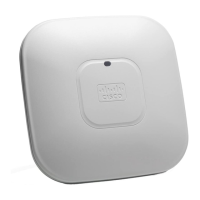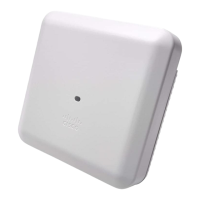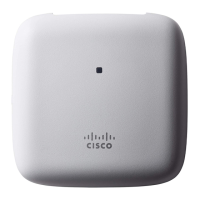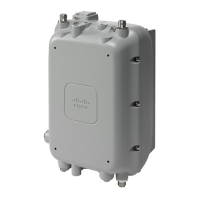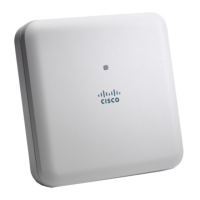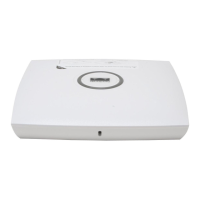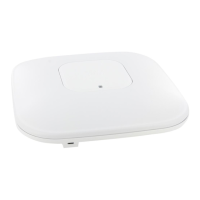1-2
Cisco Aironet 1000 Series Lightweight Access Point Hardware Installation Guide
OL-9403-04
Chapter 1 Overview
Guidelines for Using the Access Points
Guidelines for Using the Access Points
You should keep these guidelines in mind when you use the access points:
• The access points can only communicate with controllers and can not operate independently.
• The access points communicate only with controllers and do not support Wireless Domain Services
(WDS). The access points cannot communicate with WDS devices. However, the controller provides
functionality equivalent to WDS when the access point associates to it.
• The access points support Layer 2 or Layer 3 LWAPP communications with the controllers. In
Layer 2 operation, the access point and the controller must be on the same subnet and communicate
with each other using MAC addresses in encapsulated Ethernet frames. This operation is not
scalable to larger networks and not recommended by Cisco.
In Layer 3 operation, the access point and the controller can be on the same or different subnets. The
access point communicates with the controller using standard IP packets. Layer 3 operation is
scalable and is recommended by Cisco. A Layer 3 access point on a different subnet than the
controller requires a DHCP server on the access point subnet and a route to the controller. The route
to the controller must have destination UDP ports 12222 and 12223 open for LWAPP
communications. The route to the primary, secondary, and tertiary controllers must allow IP packet
fragments.
• Before deploying your access points ensure the following has been done:
–
Your controllers are connected to switch ports that are configured as trunk ports.
–
Your access points are connected to switch ports that are configured as untagged access ports
–
A DHCP server is reachable by your access points and has been configured with Option 43.
Option 43 is used to provide the IP addresses of the Management Interfaces of your controllers.
Typically, a DHCP server can be configured on a Cisco switch.
–
Optionally a DNS server can be configured to enable “CISCO-LWAPP-CONTROLLER.<local
domain>” to resolve to the IP address of the Management Interface of your controller.
–
Your controllers are configured and reachable by the access points.
Hardware Features
Key hardware features of the access point include:
• Single or dual-radio operation (see page 1-4)
• Ethernet port (see page 1-5)
• LEDs, (see page 1-5)
• Multiple power sources (see page 1-5)
• Anti-theft features (see page 1-6)
• UL 2043 certification (see page 1-6)
Refer to Appendix C, “Access Point Specifications,” for a list of access point specifications.
Figure 1-2 shows the access point.

